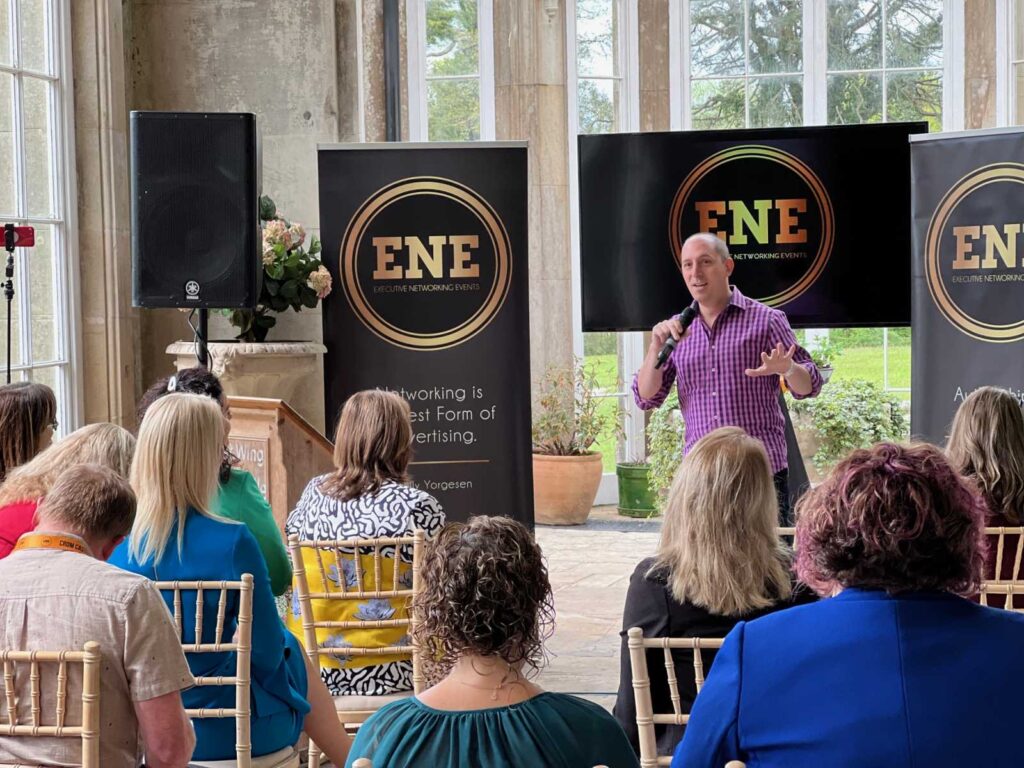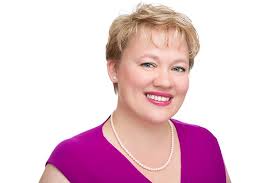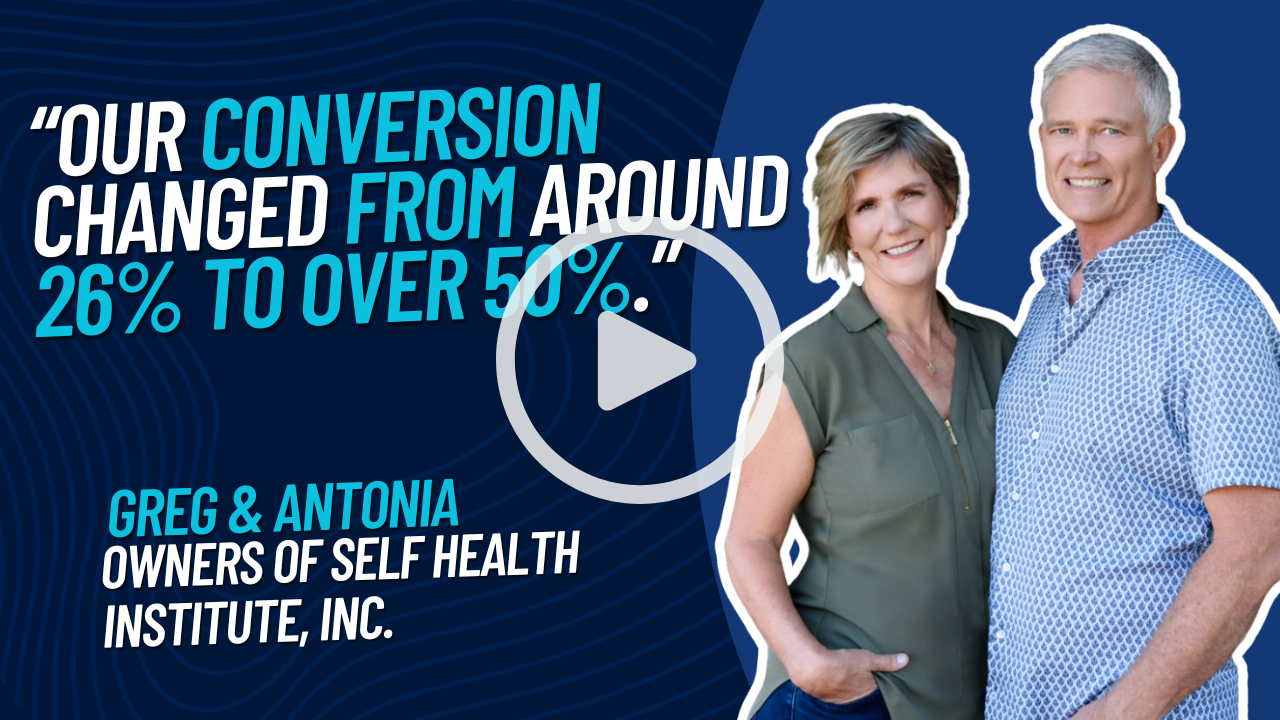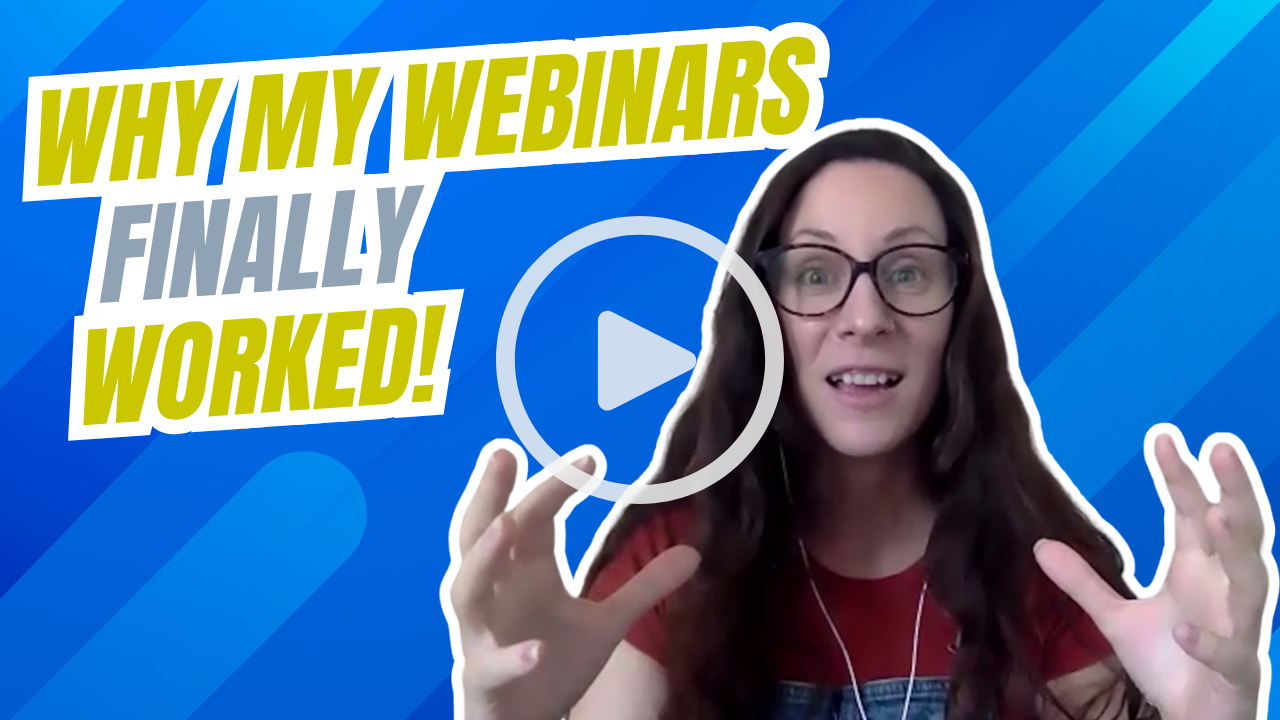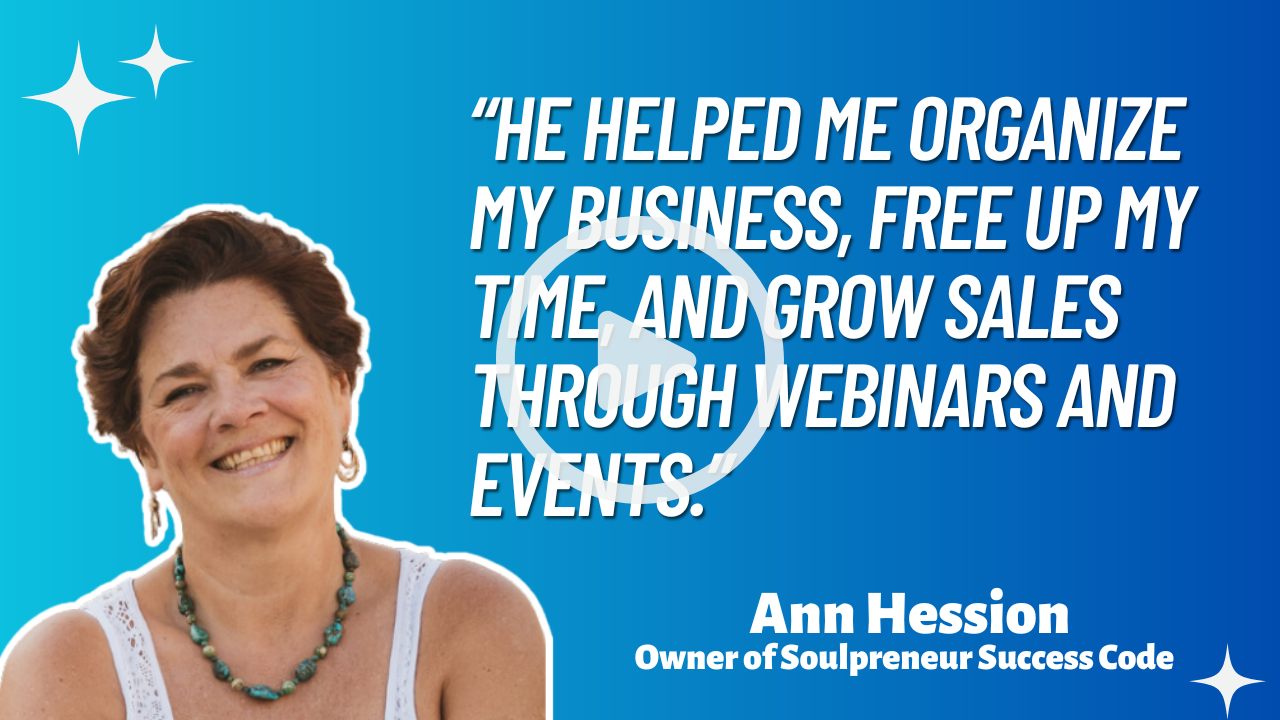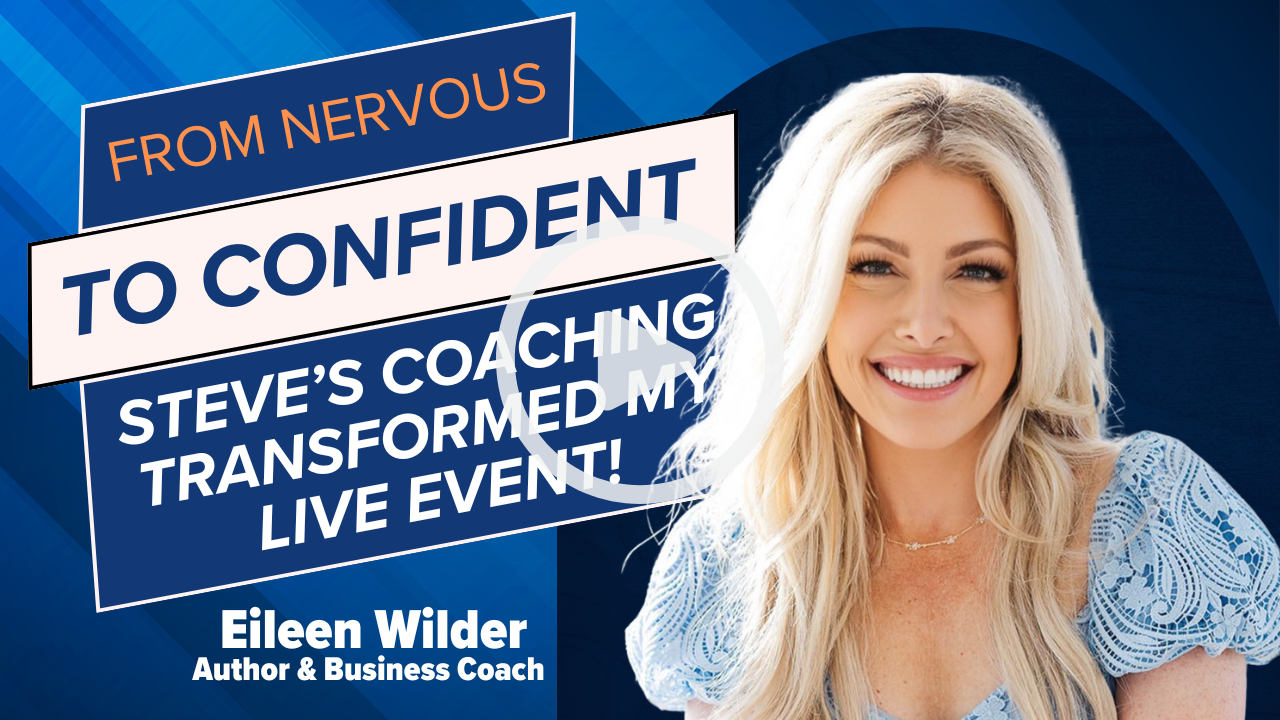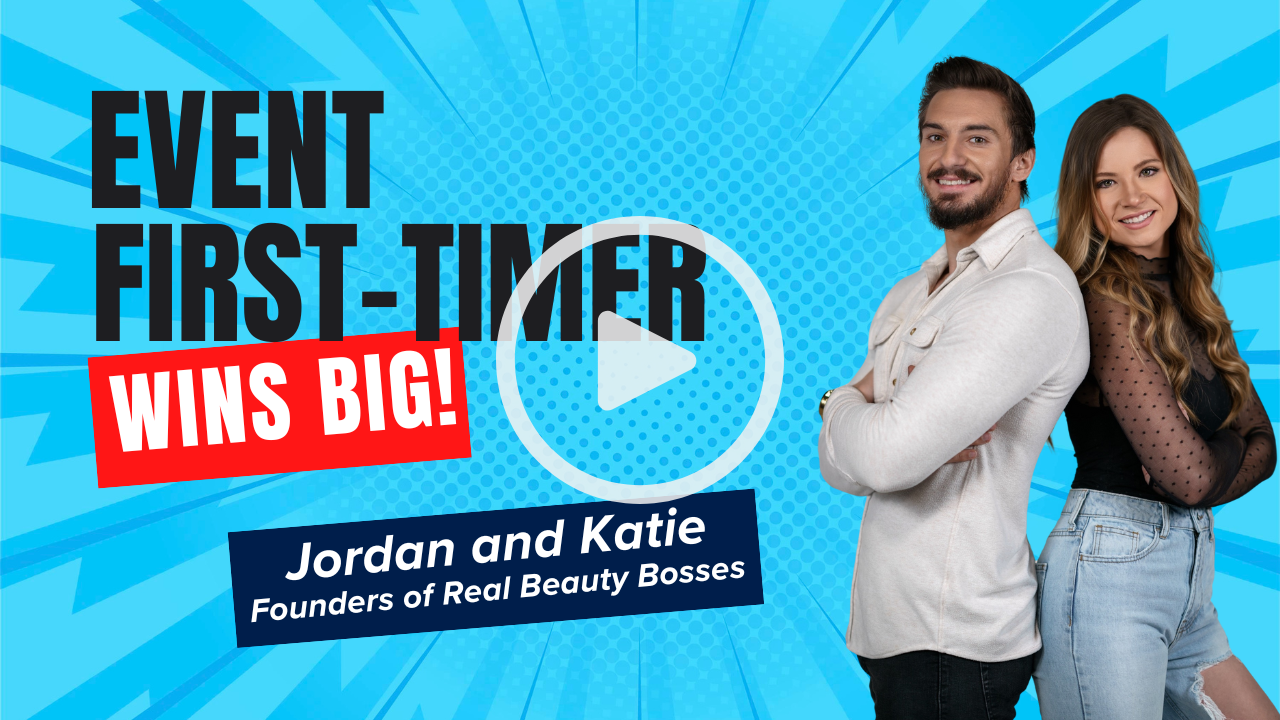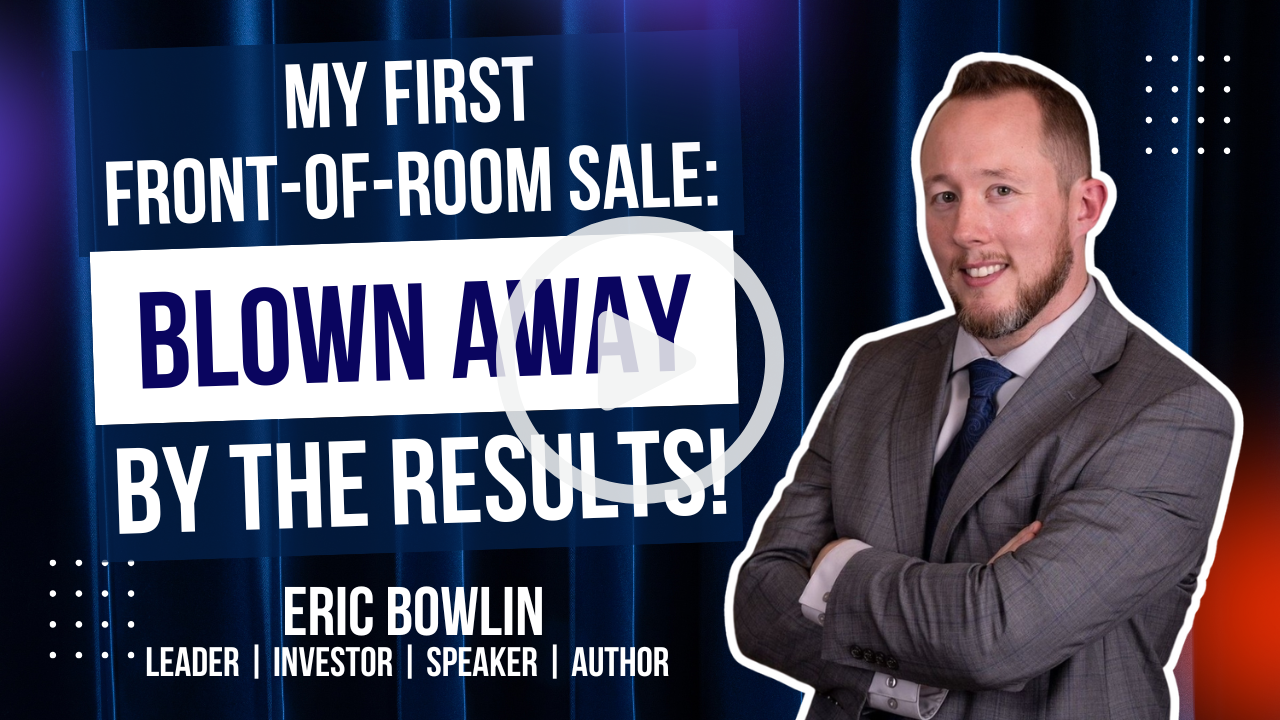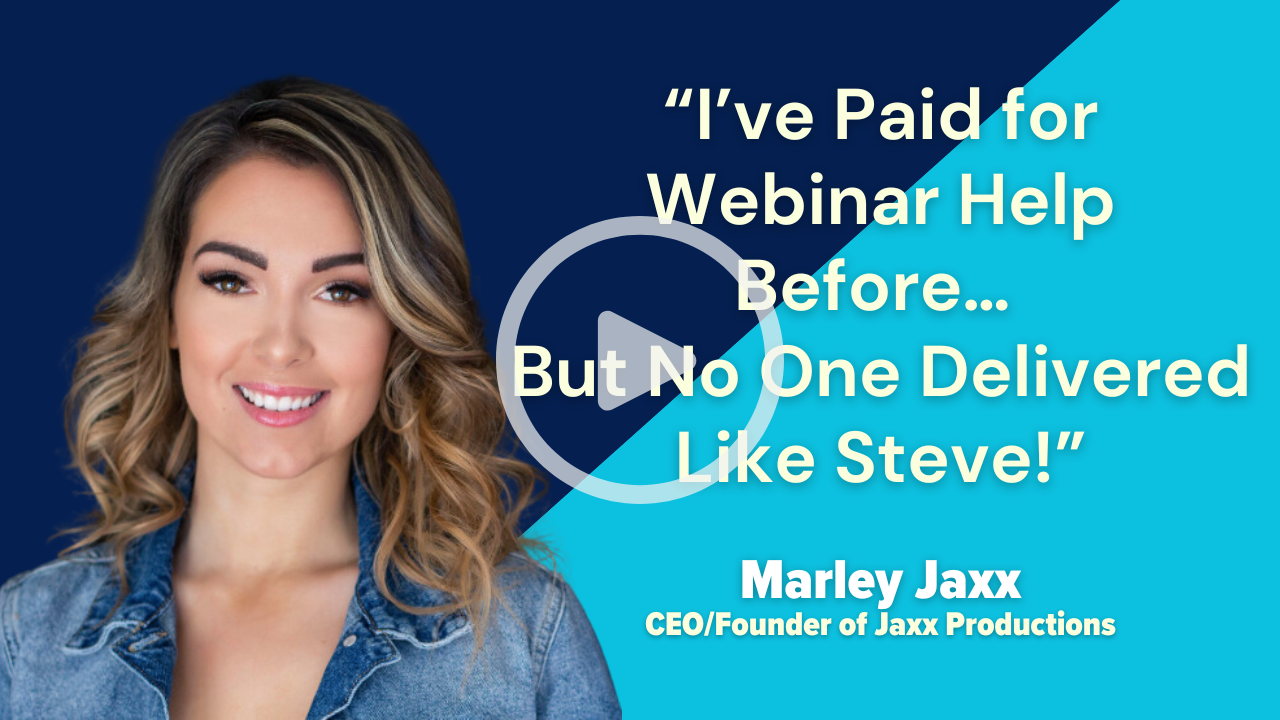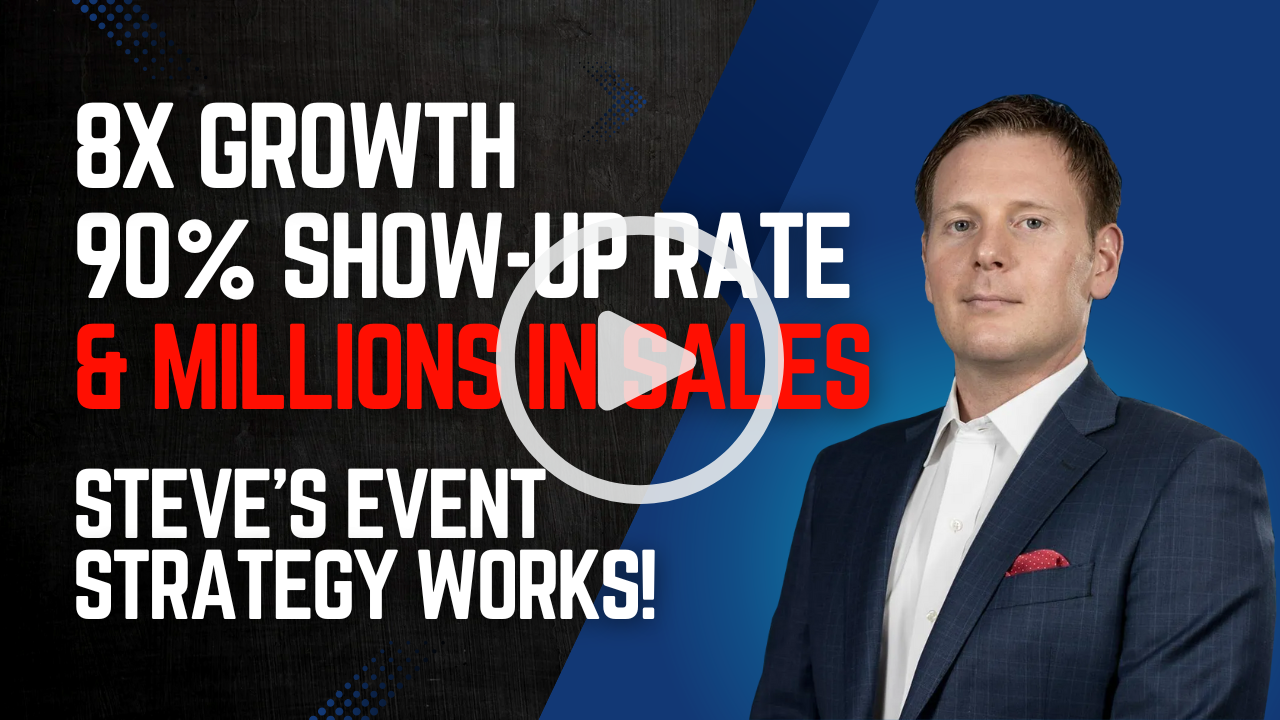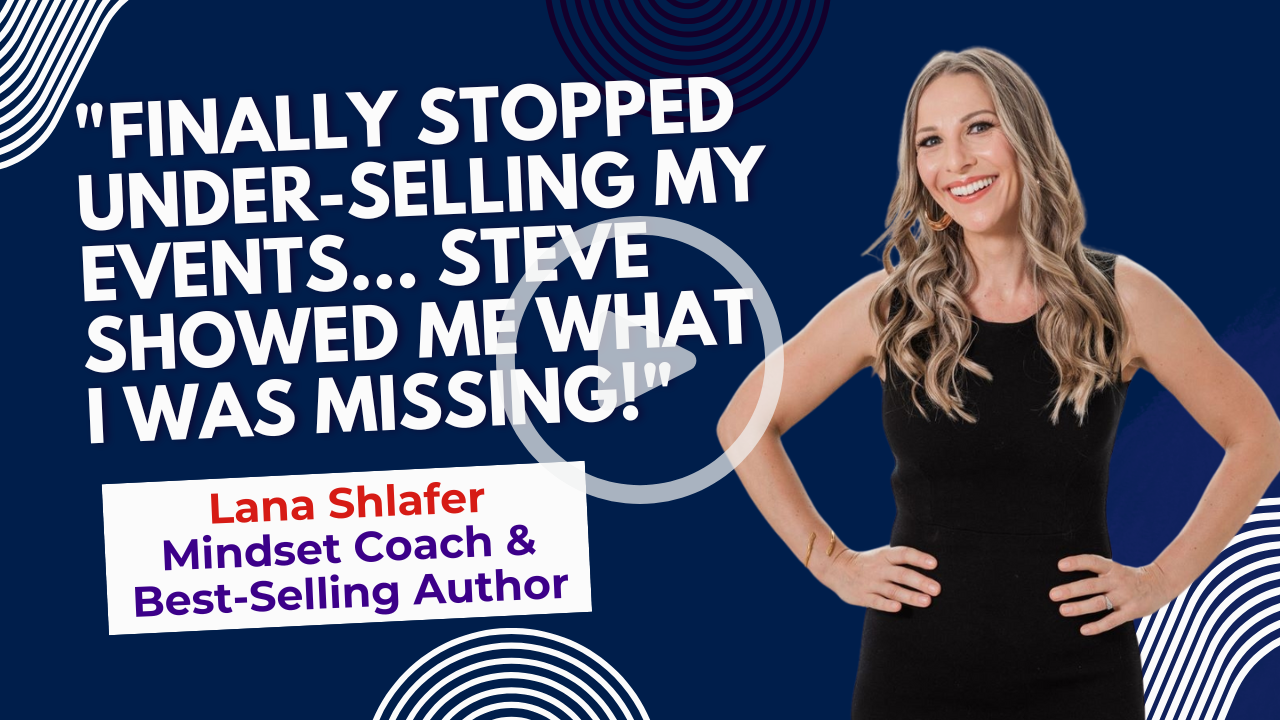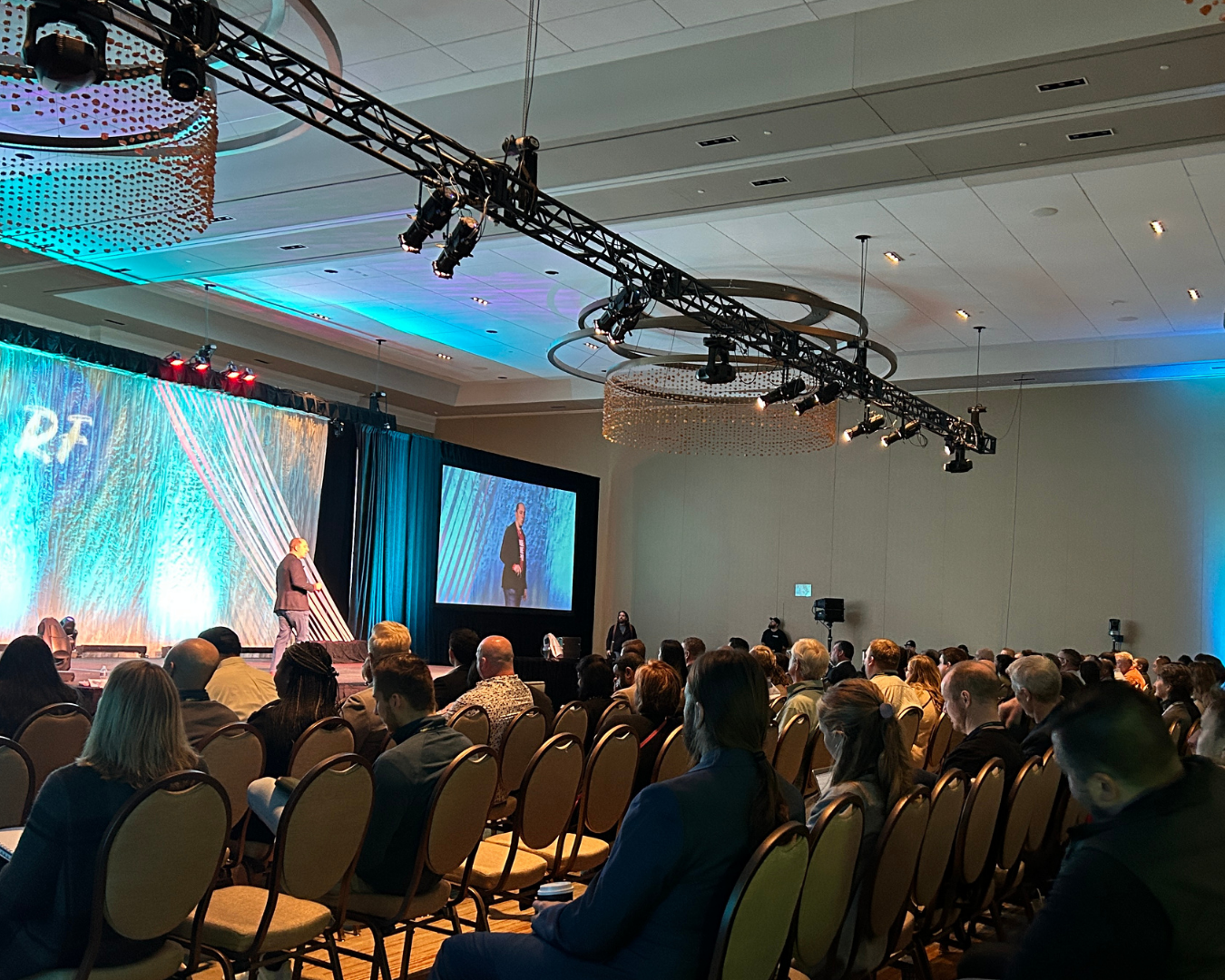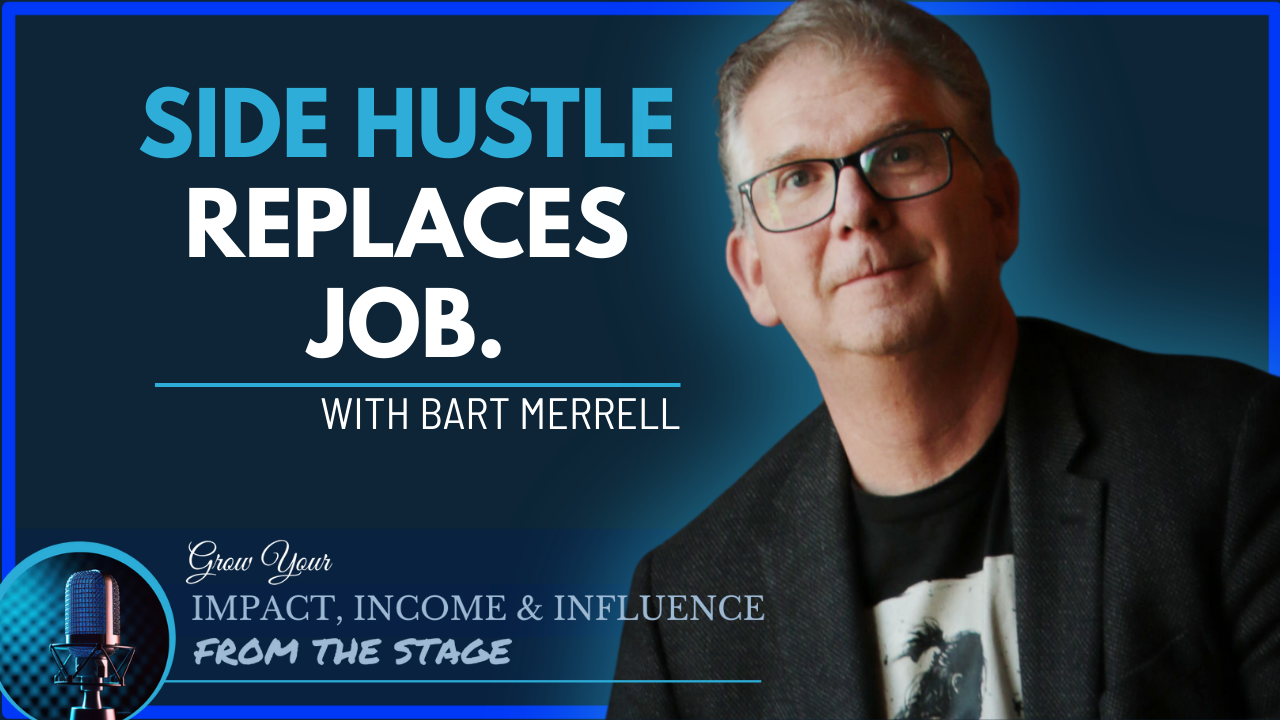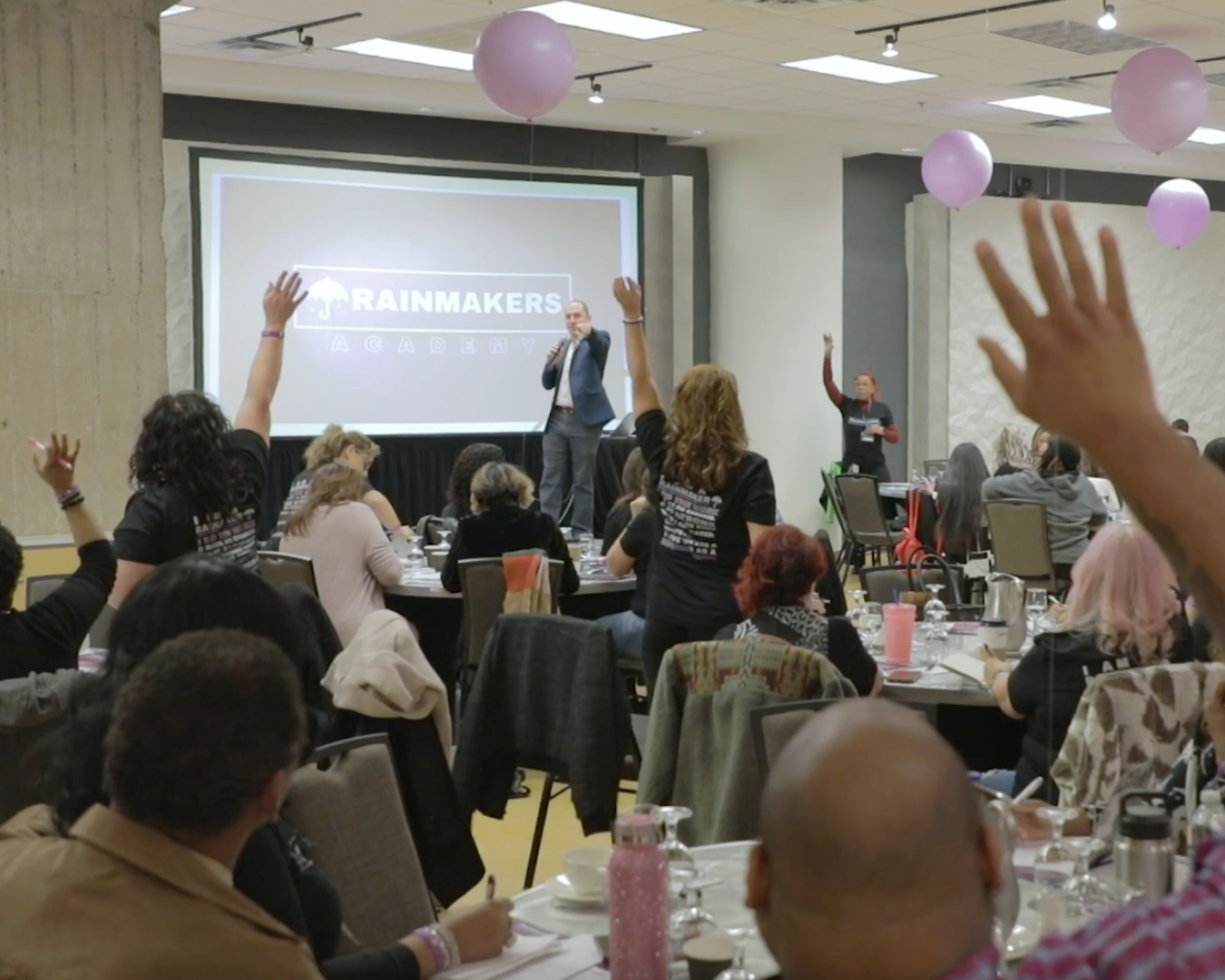Most people think the sale starts with the sales pitch.
It doesn’t.
The sale starts long before that—when your prospect tells themselves a story about what’s possible… and where they’re stuck.

If your pitch feels like it’s falling flat, if your audience’s attention drifts the moment you shift into “offer mode,” the problem isn’t your product or service—it’s that you missed the chance to shape the story they’re already living.
So let’s break this down.

Pop in your email below, and we’ll zip it straight to your inbox so you never lose it!
Why Traditional Sales Pitches Fall Flat
We’ve all seen those sales pitch examples that feel robotic. Bullet-point benefits. A half-hearted call to action. Some stats. A testimonial or two.
But here’s the thing: your prospective customers don’t make decisions based on logic—they make them based on emotion, then justify with logic.
And stories are how emotion sticks.
If you’re only relying on a polished elevator pitch or a transactional close, you’re missing the chance to build trust with prospects in a way that actually matters.
Start with the Story That’s Already Playing in Their Head
Your job as a sales rep, speaker, or entrepreneur isn’t to force your message down their throat.
It’s to tell a story that mirrors the one they’re already living—and offer a path that’s better.
Great sales strategy isn’t about selling a product. It’s about helping your potential customer see themselves in the transformation your offer delivers.
Ask yourself:
What story is your target market telling themselves right now?
Where are they stuck?
What internal dialogue is keeping them from making a purchase?
The better you understand this, the more effective your sales pitch becomes.
How to Layer Story into Your Sales Pitch (Without Getting Salesy)

Here’s how to rework your approach:
1. Open with the pain—but make it personal.
Show you understand the real challenges they face. Not just surface-level issues, but the ones that keep them up at night.
Here’s an example: “You’ve built a business you’re proud of—but it feels like you’re the bottleneck. You’ve hit a ceiling, and you know your time, team, or offer isn’t scaling the way it should.”
That’s way more powerful than “Are you ready to grow your business?”
2. Share a compelling story, not a stat sheet.
Stats are great for credibility, but stories illustrate the value. Use case studies, past client wins, or your own transformation to show—not tell—the impact.
3. Position your product as the bridge.
This is your moment to clearly communicate your unique selling points. The value proposition needs to feel like a no-brainer—because it’s the exact solution to their problem.
“Our 6-step framework helped a burnt-out founder go from $20k months to $200k quarters in less than six months—without burning the team out or sacrificing weekends.”
4. Invite, don’t pressure.
If your pitch gives them a sense of hope and control, they’ll want to hear your offer. Frame the next step with clarity and confidence.
“If this sounds like you, let’s talk. I’ll walk you through how this could work in your business. No pressure.”
Sales Reps Need to Stop Talking Too Much
Here’s the truth no one in sales training wants to tell you:
If you’re talking too much, you’re probably losing the sale.
The best sales presentations don’t lecture. They guide. They ask questions. They make the prospect feel seen, heard, and understood.
That’s how you pique interest, deepen the emotional pull, and move someone to the next stage.
Recap: Make Your Pitch About Them, Not You
If you’re struggling to close, it’s not because you need a better USP or more sales pitch examples.
It’s because you skipped the most important step:
Making your pitch a reflection of the story your prospect is already living—and giving them a better ending.
That’s how you stop being “salesy” and start selling with impact.
So the next time you think the sale starts at the pitch—remember:
It actually starts the moment they believe you get them better than anyone else.













